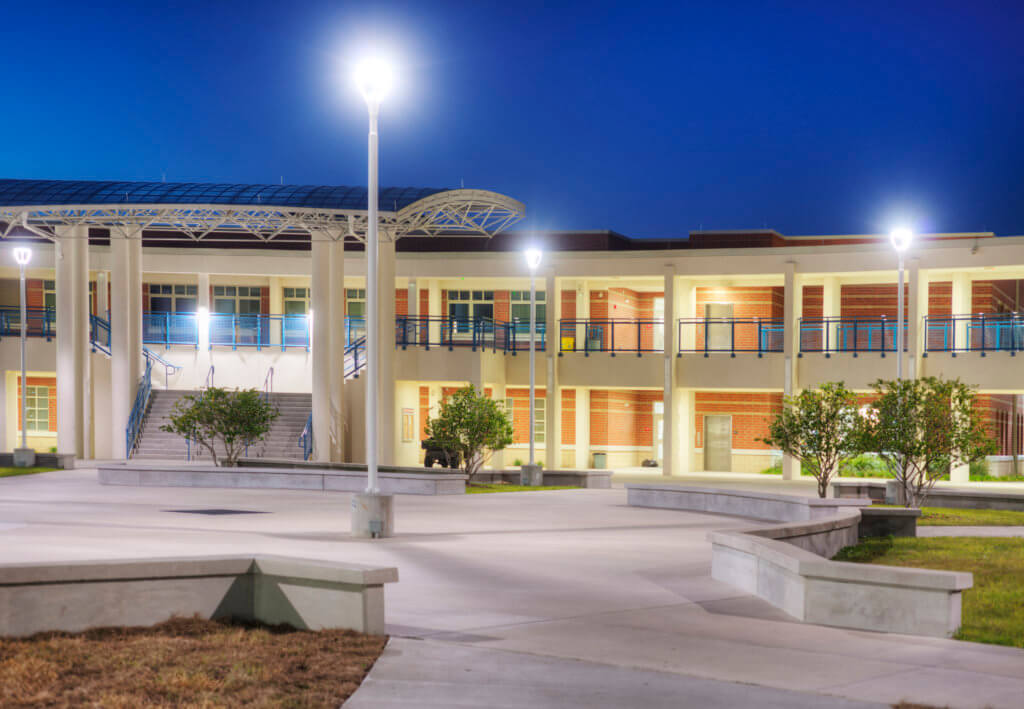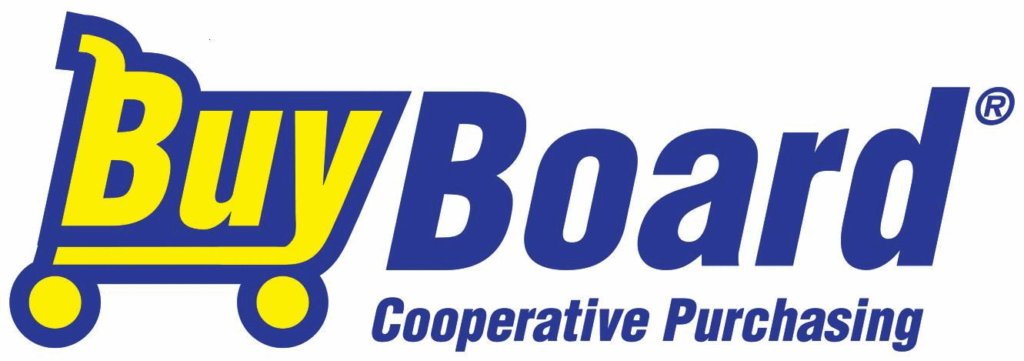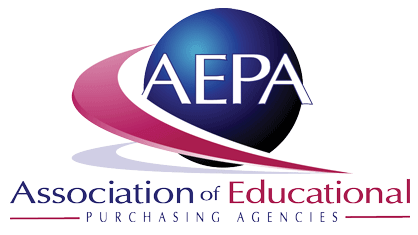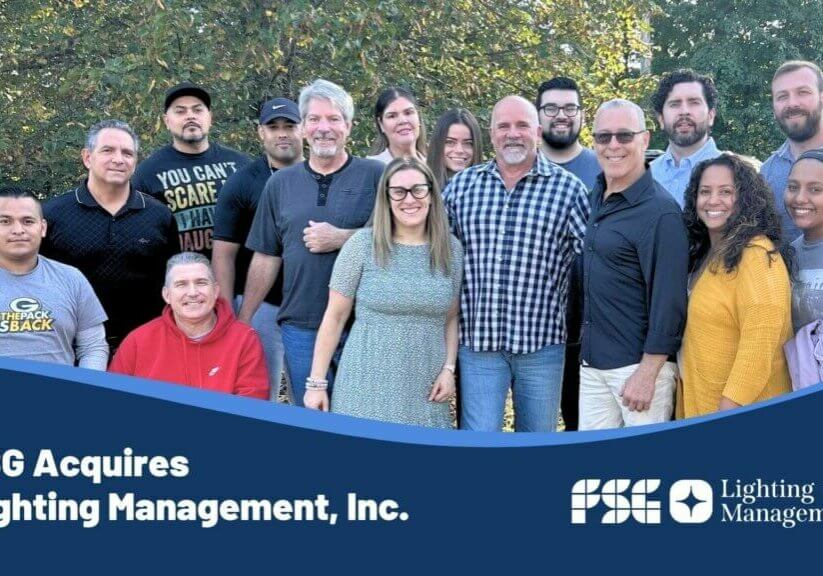Energy Savings Are a Priority for School Districts Everywhere
K-12 campus facilities are at the forefront of sustainability initiatives this year, with rising energy costs and widely available energy-saving technologies serving as hot topics at school board meetings across the country. Energy management and building automation solutions are among the primary technologies school administrators are interested in today.
For these schools, purchasing cooperatives place the latest energy-saving products and services within budgetary reach. Best of all, individual school districts are able to avoid complex RFP processes that eat time and precious resources when they work with state and national Co-Ops with pre-approved vendors in place.
While many school administrators may have taken advantage of cooperative or group purchasing opportunities in the past, the practice of leveraging purchasing power to achieve the greatest cost savings for schools has become increasingly popular. This is especially true during times of rising inflation when school budgets are stretched thinner than ever before.
Cooperative Purchasing Hits Back at Inflation for Schools
For school district administrators, it sometimes feels like the work of managing their facilities is never done. There’s always something to be maintained, updated, or repaired. Keeping a campus in top shape requires focus and discipline.
When the job involves a large project at your school, like an LED lighting retrofit or the installation of whole-building disinfection technology, you need partners you can trust to help you meet your facility goals. But how do you find the right vendor or service provider to deliver project success for your facility?
In recent years, the answer increasingly lies within the approved vendor list of a group purchasing organization (GPO) or a purchasing cooperative organization (Co-Op). GPOs and Co-Ops have been around for years. Both organization types provide members with the leverage they need to negotiate lower prices for goods and services.

Source: iStock
In today’s economy, it can often feel like controlling facility costs is a losing battle. During times of high inflation, like we’re experiencing today, GPOs and Co-Ops provide a welcome break for school districts working hard to curb costs.
But cost savings isn’t the only benefit that comes from working with a GPO or Co-Op to procure goods and services for your facility. These cooperative purchasing groups also deliver confidence by presenting pre-vetted service providers you can trust.
Let’s take a closer look at GPOs and Co-Ops. They share some traits in common, but there are some important differences between the two types of organizations. Which one is right for you?
GPOs and Co-Ops: What’s the Difference?
Group purchasing organizations (GPOs) leverage the buying power of many companies to deliver deep discounts. For member companies, the benefit is that you’re free to purchase goods and services to meet your individual needs. A purchasing code delivers a negotiated rate for group members, and vendors enjoy the large sales volume the group delivers.
For many privately-owned businesses, GPOs allow greater flexibility in purchasing decisions, and in many cases make the difference between business success and failure. With a wide range of product and service offerings available to members, GPOs effectively facilitate winning solutions for both members and vendors.
Purchasing cooperative organizations (Co-ops), on the other hand, are typically focused on certain industry sectors – like public education – and are administered by their members who share in the organization’s profits and losses. The organization of Co-Ops is more formal than that of GPOs, with differences in state laws driving issues related to competitive bid requirements, vendor selection, and financial reporting.

Source: iStock
Co-Ops provide their members the opportunity to participate in an industry-focused organization that delivers lower prices on products and services. This is accomplished when one agency – the lead agency – executes a state government-approved competitive bid process and awards contracts to approved vendors.
Thereafter, all other Co-Op members are free to “piggyback” on these pre-vetted vendor contracts. Depending on the industry focus of the purchasing cooperative, these members might be local municipalities, nonprofits, dentists, plumbers, school districts, commercial property managers, or other members from the sector the Co-Op was created to support.
School districts are one such industry in which purchasing cooperatives are frequently utilized. The wide range of products that are available and the simplification of the buying process make the purchasing process easier for schools. Many school districts such as Frisco ISD in Texas already utilize Co-Ops to make purchasing decisions.
Co-Op members are only able to purchase what the group sells, so the offerings are typically more limited than those associated with GPOs. However, the contracts managed by the Co-Op are for goods and services that are generally viewed as critical to the members and their businesses.
In the end, the idea of cooperative purchasing brings higher efficiency to Co-Op members because it supports one procurement process rather than many. Since they don’t have to allocate resources to the task of managing a competitive procurement process, many smaller organizations find that Co-Ops allow them to focus more completely on their main organizational goals.
Co-Op Culture
According to the National Cooperative Business Association (NCBA), purchasing cooperatives around the world generally agree on seven principles that govern their operations:
1. Voluntary and Open Membership – Anyone can join a Co-Op—they don’t discriminate based on gender, social, racial, political, or religious factors.
2. Democratic Member Control – Members control their business by deciding how it’s run and who leads it.
3. Member’s Economic Participation – All Co-op members invest in their cooperative. This means people, not shareholders, benefit from a Co-Op’s profits.
4. Autonomy and Independence – When making business deals or raising money, Co-Ops never compromise their autonomy or democratic member control.
5. Education, Training, and Information – Co-Ops provide education, training, and information so their members can contribute effectively to the success of their Co-Op.
6. Cooperation among Cooperatives – Co-Ops believe working together is the best strategy to empower their members and build a stronger Co-Op economy.
7. Concern for Community – Co-Ops are community-minded. They contribute to the sustainable development of their communities by sourcing and investing locally.
With guiding principles such as these, Co-Ops play a critical role in delivering economic success to organizations of all sizes and are widely recognized as a vital component of the modern economy.
The requirements to join a Co-Op primarily depend on the state in which the organization operates. Currently, all 50 states allow for national purchasing cooperatives, but state laws governing the particulars of their use can differ.
FSG Works Hard for Co-Op Members
At FSG, we’re very proud to be affiliated with a number of national and state-level purchasing cooperatives. Through our cooperative purchasing affiliations, we can match our LED lighting and facility disinfection products, as well as our turnkey electrical service offerings, with member organizations that are ready to go on projects that are important to them.
Through organizations like the BuyBoard National Purchasing Cooperative and the Association of Educational Purchasing Agents (AEPA), FSG has been able to provide excellent products and services to Co-Op members across the country.


Speaking about the benefits for AEPA members, FSG’s Jennifer Mercer had this to say:
What is exciting for me working with CO-OPs like the AEPA is aligning schools and municipalities with an organization that permits members to purchase from vendors with confidence. In addition to FSG providing our suite of electrical, lighting, and disinfection services, it opens the door for my customers to purchase from vendors in other categories.
Jennifer MErcer
National CO-OP Sales & Marketing Manager , FSG
Because of our placement on vendor lists included in the state of Texas’ Multiple Award Schedule (TXMAS) and the US government’s General Services Administration Multiple Awards Schedule (GSA MAS), FSG has been able to complete many important state and national projects that support the quality of life for all of us.
FSG is also proud to be listed on the product and service rolls for other prominent cooperative purchasing organizations, including NATSO, SAVVIK, and HealthTrust. Whenever we get a call from the members of these groups, we know we have a chance to work for some of the best customers anywhere.
Most importantly, we understand that each new project represents another opportunity for us to deliver top-shelf products and services. That’s what we work hard to do, every day.
If you’re an AEPA member with school buildings to maintain, or if your Co-Op makes use of BuyBoard National Purchasing, keep us in mind when you’re ready to address your next lighting project.
From ground-up electrical construction to retrofit work that saves energy and money for your organization, FSG is ready to answer any questions you may have about how to get your job done to the highest professional standards.
Call (877) 293-6689 or visit our website to see how the spirit of cooperation can help you!



















